The products and services mentioned below were selected independent of sales and advertising. However, Simplemost may receive a small commission from the purchase of any products or services through an affiliate link to the retailer's website.
Stuffing is a classic Thanksgiving side dish that’s a must for any holiday spread. You can take this comfort-food staple in many directions, and while it can be argued that there’s no “wrong” way to make stuffing, there are some common missteps that can leave you a little underwhelmed with the results.
Here are seven mistakes people often make when preparing stuffing and how you can avoid them, guaranteeing you’ll make the perfect dish with which to wow your guests this Thanksgiving.
1. Not Drying Out The Bread
Starting your stuffing out with bread that’s completely dry is essential for your stuffing’s taste and texture. A lot of recipes recommend using stale bread for this reason, but you can actually oven-dry your bread for the same effect in a lot less time. Serious Eats recommends toasting a white sandwich-style loaf at 275 degrees for about 45 minutes.
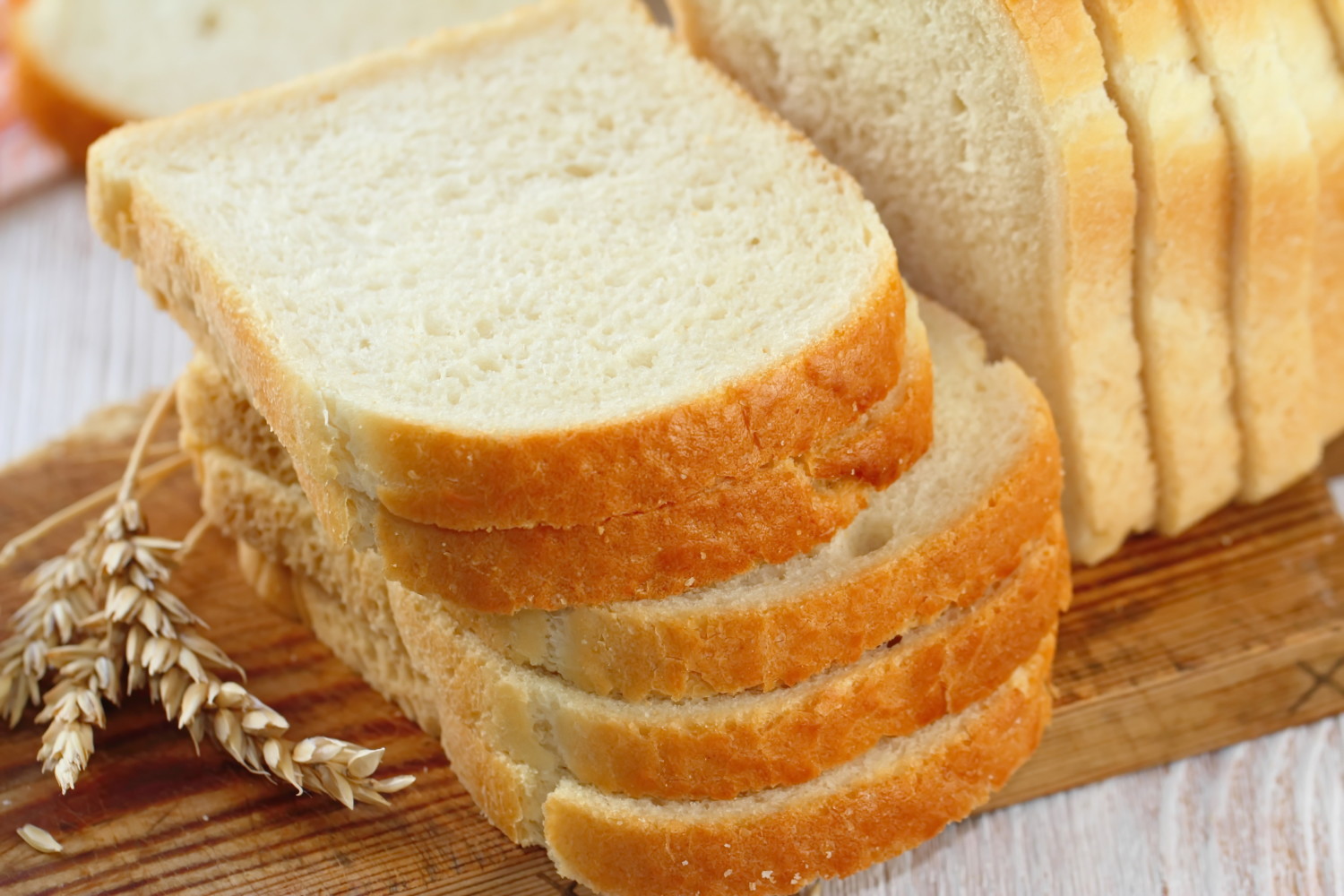
2. Actually Stuffing The Bird
It’s called stuffing because you’re supposed to stuff the turkey with it, right? While that may be where the term comes from, it also makes it a lot more difficult to properly cook the turkey. Instead, just serve it on the side.
“So I always do it in buttered baked dishes and cover it with foil for most of the cooking … usually about 30 to 40 minutes until it’s warm, and then take off the foil so the top can crisp up, and it’s absolutely delicious,” Jack Bishop, editorial director of “America’s Test Kitchen,” told NPR of his method for making perfect stuffing.
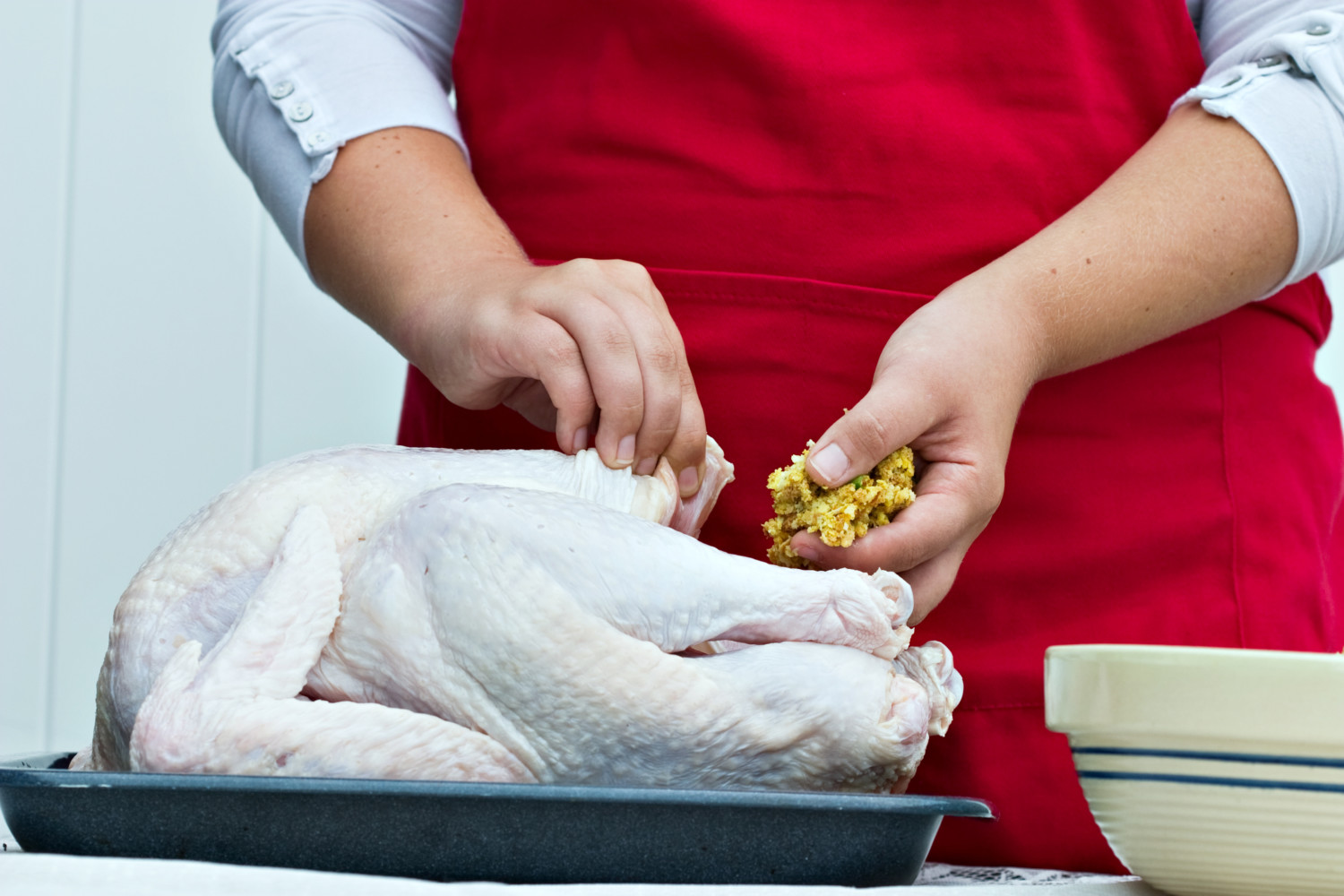
3. Not Cooking Your Vegetables
There’s more to stuffing besides bread. To really maximize the flavor of your stuffing, you should add aromatic vegetables like onions and celery. But don’t just add them in their raw state. Make sure to cook them in a bit of butter first.

4. Soggy Stuffing
If you end up with soggy stuffing despite your best efforts, it may come down to your cooking method. A good way to end up with crispy stuffing every time is to turn your stuffing into muffins. Check out this recipe for make-ahead stuffing muffins from Chew Out Loud.
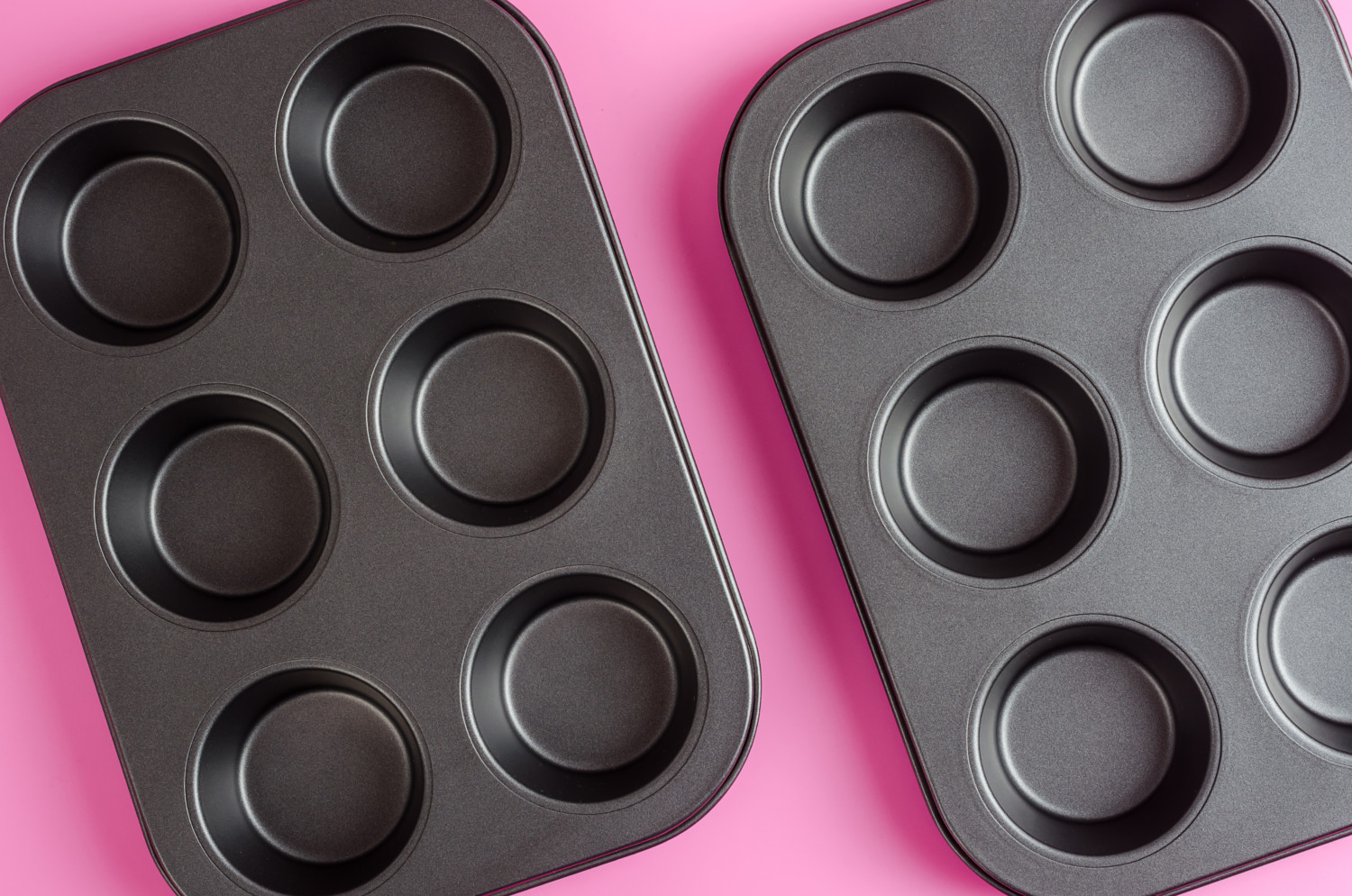
5. Not Using Enough Butter
While cutting down on fat and calorie-laden ingredients like butter may seem like a great way to lighten up a recipe, when it comes to stuffing, skimping on butter may spell disaster. Using plenty of butter is the key to moist, yet crispy stuffing.
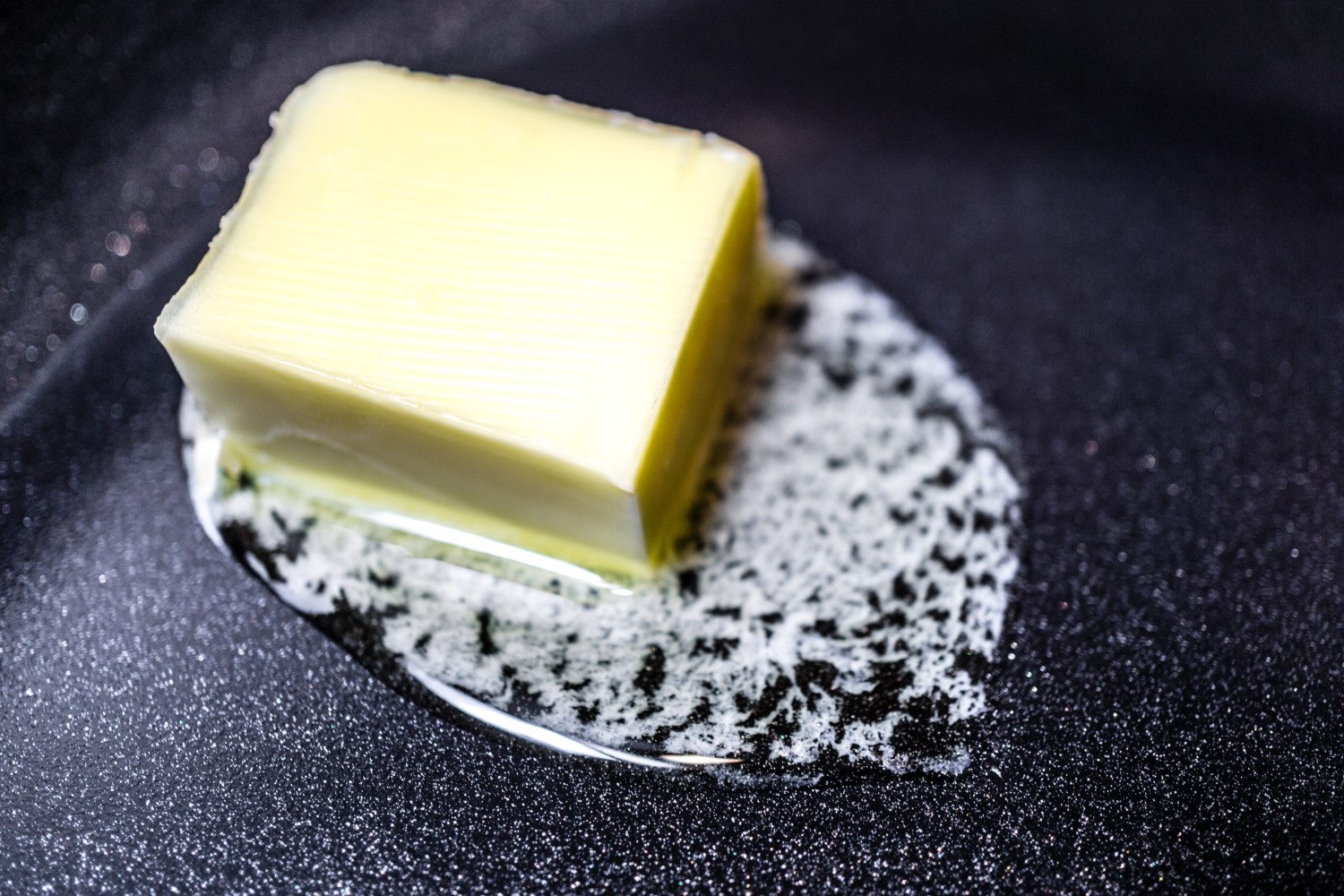
6. Overcooking It
Perfect stuffing needs to be cooked just right. Overcook it and your stuffing will be dry. Undercook it and it will be soggy. It can be difficult to get it just right, so if you’re bringing stuffing as part of a potluck, undercook it slightly at home so that when you arrive at your destination, you can finish it in the oven in just a few minutes.
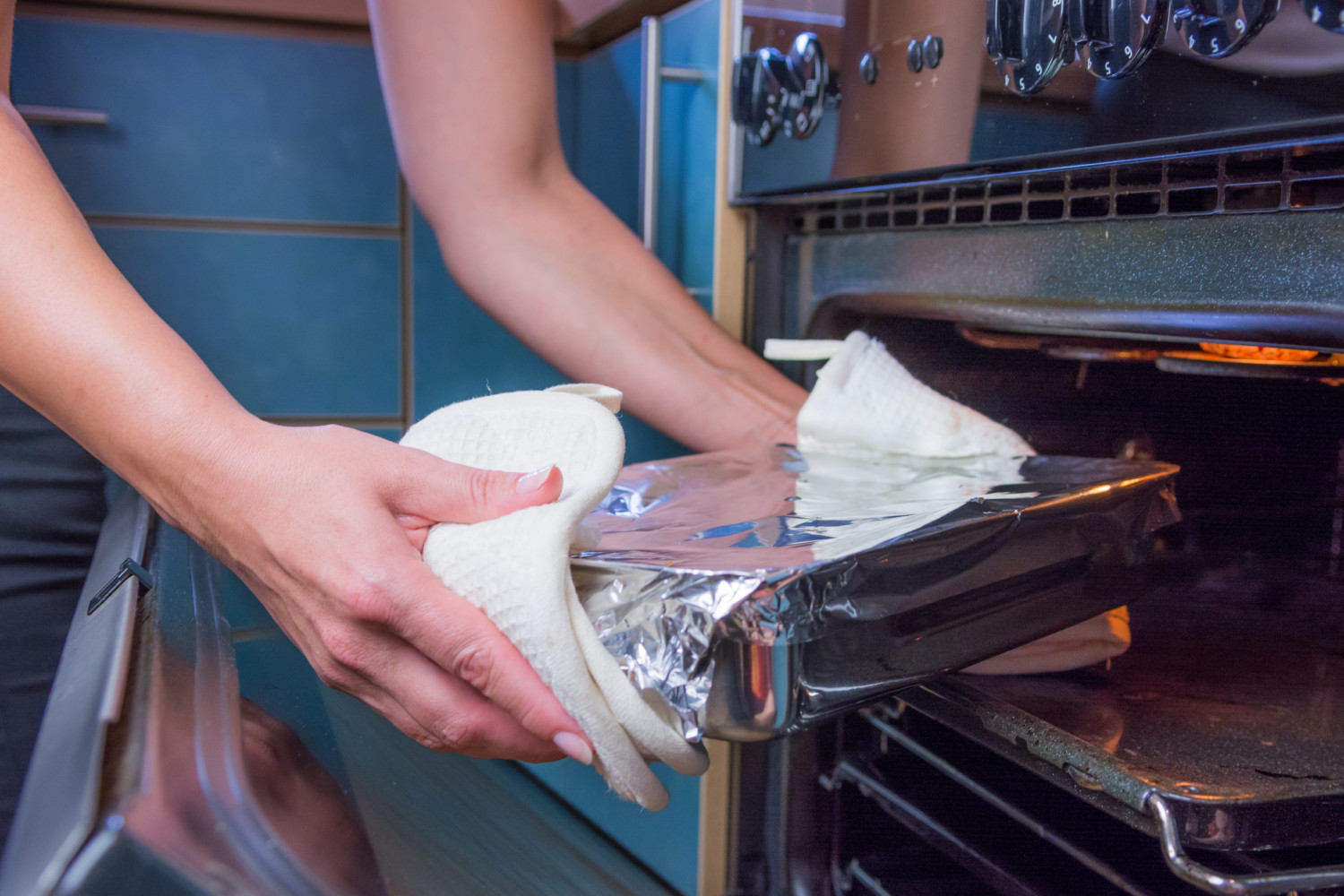
7. Adding The Stock All At Once
If you haven’t learned this already, the key to perfect stuffing is a delicate balance. Adding the right amount of stock to the stuffing is essential to getting an ideal texture, but so is how and when you add it. Add about a half-cup to a cup at a time to give the bread time to soak up the broth before you add more.

Time to get cooking!
This story originally appeared on Simplemost. Checkout Simplemost for additional stories.


